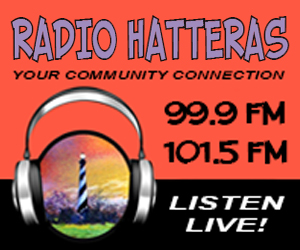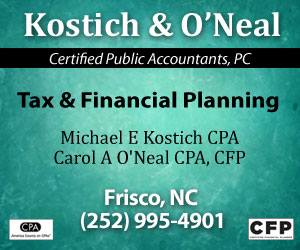For people who enjoy voting, North Carolina’s upcoming election promises to be a real treat. Federal, state and local offices are on the ballot. There’s no more straight-ticket voting for party candidates, so voters will have to (or get to) pick their favorite in each and every race.
What’s more, the ballot is loaded with races that are at least technically non-partisan. So party allegiances aren’t supposed to be a big factor. Well, that’s how it’s supposed to work in theory.
The truth is, the ballot in this state’s 2014 general election can be described as moving from the sublime to the ridiculous.
Case in point: The contest to fill the seat on the state Court of Appeals vacated in August by Chief Judge John Martin. Because Martin, a 25-year veteran of the court, decided to hang it up before his term expired – and because of how he timed his retirement – the floodgates were opened for a free-for-all to choose his replacement. (Not as chief, but as a judge holding one of the Court of Appeals’ 15 spots.)
Once the dust settled enough to count the candidates, the field numbered no less than 19. That means voters, if they split their votes sufficiently, could choose another judge for the state’s second highest court with the backing of a whopping 6 percent or so of the electorate. How’s that for a credible exercise in majority rule?
When the idea is to pick a judge who’s among the best in class – fair, independent, knowledgeable – a race with 19 contestants amounts to little more than a spin of the roulette wheel. Nor is it the voters’ fault. They didn’t devise the system.
Read the column from NC Policy watch by Steve Ford, former editorial page editor at Raleigh’s News & Observer who is now a Volunteer Program Associate at the North Carolina Council of Churches.








